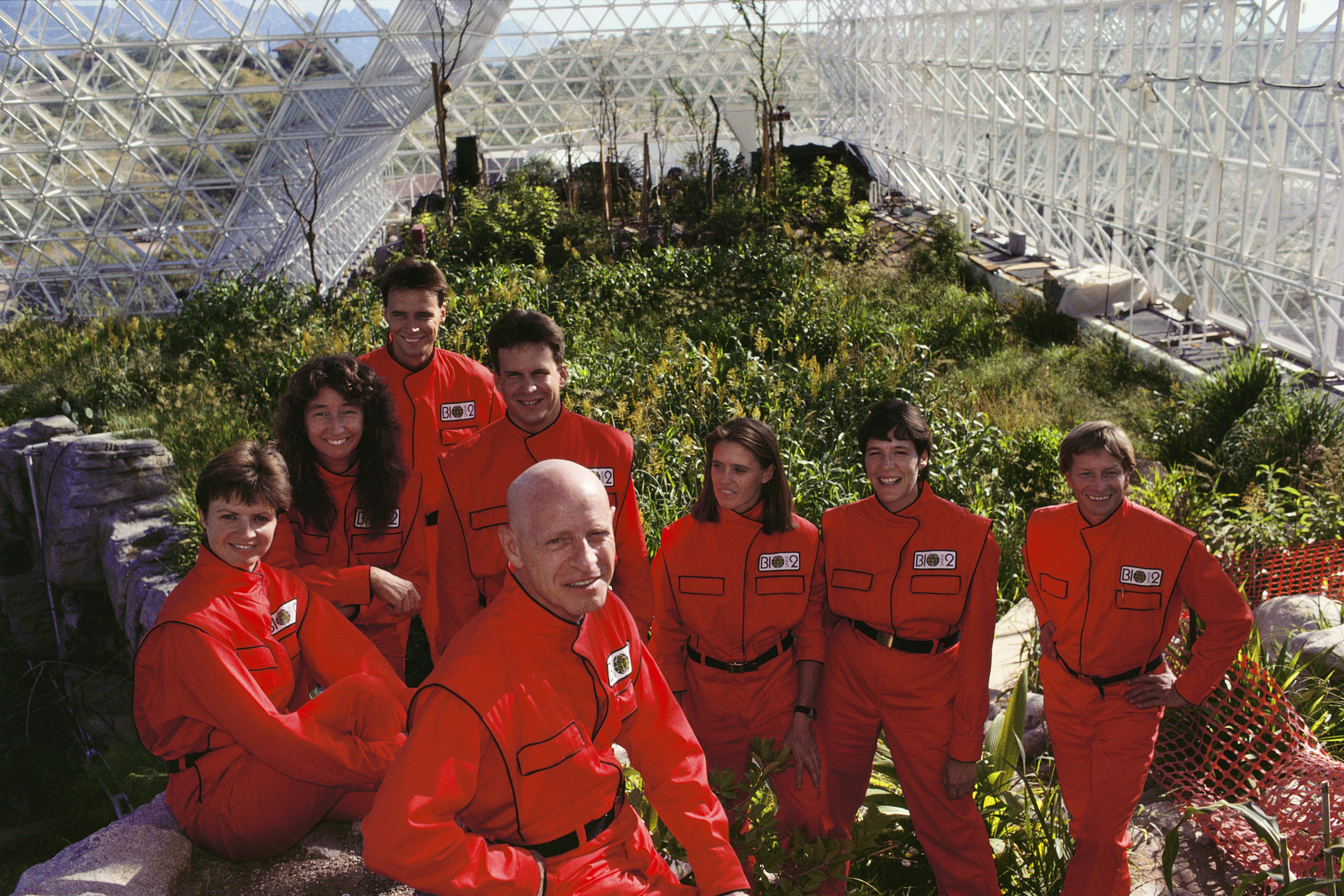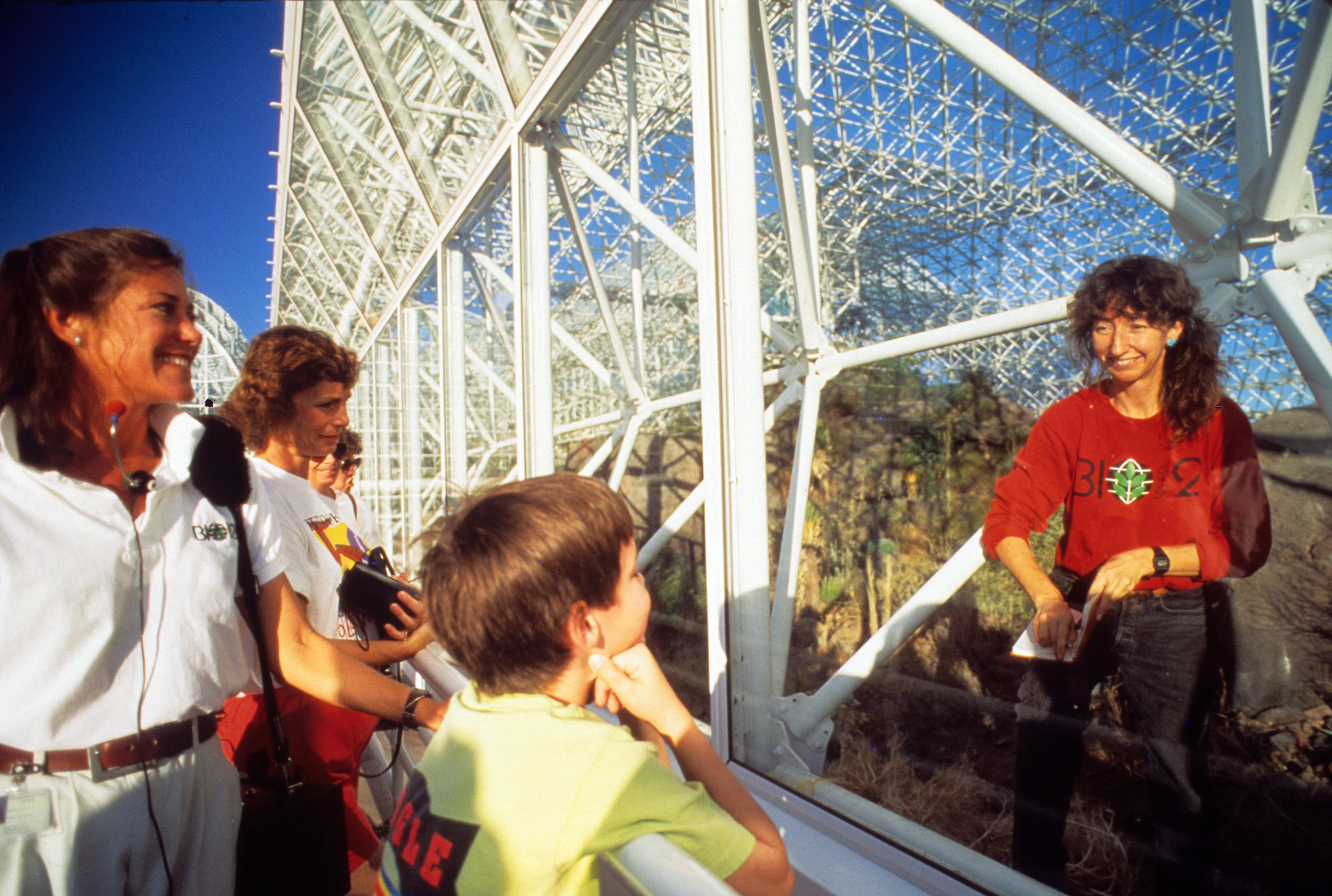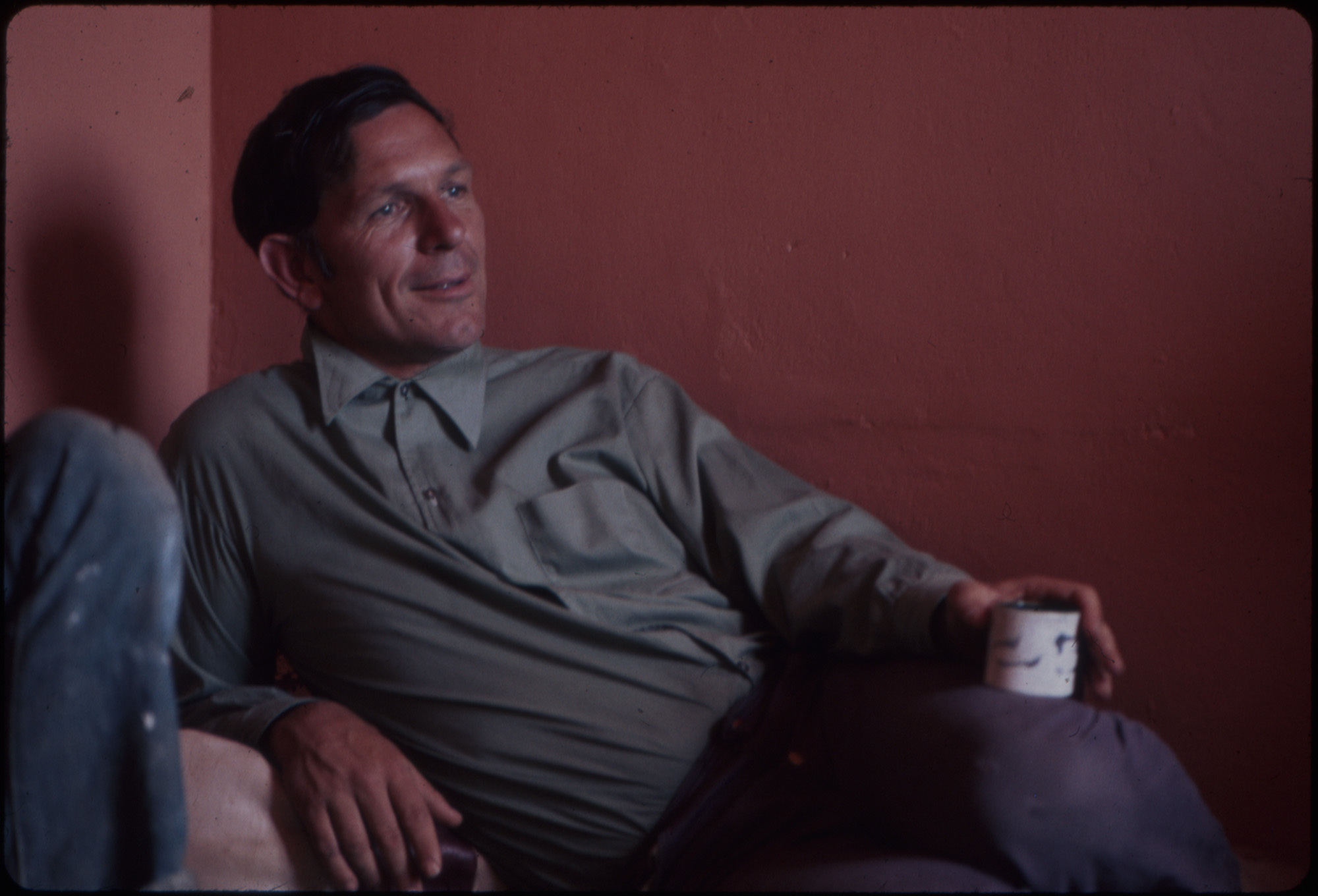'Spaceship Earth' is a radical ride through science, quarantine and so much more
Spoiler alert: "Spaceship Earth" will be discussed in detail in this piece.
"Spaceship Earth" gets it right. The new documentary, released May 8, breaks the mystery of the Biosphere 2 experiment wide open, revealing the facts in a story that feels more like science fiction than reality.
This documentary, from director Matt Wolf, tells the very real story behind Biosphere 2 — a project in which a group of eclectic, inspired individuals banded together to create and live in a self-sustaining biosphere (to put it simply, a combination of all ecosystems on Earth enclosed in a single bubble).
The film reaches almost six decades into the past to trace the origins of this peculiar project, which was created with the hopes of not only exploring how humans could live more sustainably here on Earth, but also how we might one day live on other worlds like the moon or Mars.
Video: 'Spaceship Earth' tells story of 8 'visionaries' in Biosphere 2 - Trailer
Related: 20 sci-fi movies and TV shows to binge watch on Netflix right now

The documentary features interviews with members of the Biosphere 2 team, including the so-called "biospherians," the crew who lived inside of the enclosure during a two-year crewed mission from 1991 to 1993, along with archival footage.
A little backstory
The documentary follows the group, who began as a band of stragglers looking for a purpose in San Francisco in the 1960s. It all started with their first project, the "Theatre of all Possibilities," after which they moved to New Mexico to start the Synergy Ranch. The group then moved back to California to build and operate a large ship that they used to tour around the world. Eventually, after a number of other international projects, they wound up in Oracle, Arizona where Biosphere 2 was born.
Sign up for the Live Science daily newsletter now
Get the world’s most fascinating discoveries delivered straight to your inbox.
"We did theater in all of our projects," Mark Nelson, an ecologist and original member of the Biosphere 2 crew who worked as a communications officer inside the habitat, told Space.com. While in New Mexico building the Synergy Ranch, the group called themselves "synergists" and grew into a kind of wild, almost hippie-like community of people from all walks of life. A "synergist was someone who was following the way of life," Nelson said.
Marie Harding, also known as "Flash," ended up in charge of finances with Biosphere 2 and taught herself how to shoot 16-millimeter video early on in order to document the group's ambitious exploits. Harding captured an incredible amount of fairly intimate film, much of which made it into the documentary, which shows the group performing with their theater, building their many projects and becoming a strange little family.
Related: Biosphere 2's history and mystery in photos
Making magic and controversy

It almost seems like magic watching this group of unlikely people somehow actualizing the Biosphere 2 project, which was named to remind people that planet Earth is "Biosphere 1." And, as the documentary shows, that sense of awe was felt around the world as the media flocked to the site. The film even features a few celebrity appearances, like "Golden Girls" star Rue McClanahan and famed primate biologist Jane Goodall, who welcomed the first Biosphere 2 crew "back to Earth" after their two-year mission.
"We are working on how to integrate humans [and] technology — including farming — with a healthy biosphere as exemplified by seven or five different little biomes," Nelson said. "That whole premise was very optimistic. And I think that's why it touched a nerve around the planet," he added.
While the film reveals the magic that sparked and fueled the project, it doesn't shy away from the controversy that plagued the experiment and its participants. The first shoe to drop, so to speak, was when biospherian Jane Porter had an accident in the first crewed mission, slicing off the top of her finger. She had to briefly leave the bubble to go to the hospital to have surgery and brought back a few extra items with her. This was portrayed in the media as "breach," and some started rumors saying that the mission had failed.
Later on, it was revealed that there was a carbon dioxide scrubbing (or removing) machine in the biosphere, meaning the crew had a backup oxygen support and didn’t have to rely solely on the experiment. The team had to pump supplemental oxygen into the facility because the biospherians were severely oxygen-deprived. The crew was also starving, because crops were dying. In the documentary, Nelson describes that when the oxygen was pumped in they all felt so much better they just started to run.

But these small "breaches" caused a stir not only in the media but with scientists around the world. Suddenly, debates broke out over whether this was really a science experiment or if it was, as some describe in the film, "ecological entertainment." This debate is shown growing when word got out that the project emanates from a commune of theater-loving hippies.
"We made mistakes," Nelson said. "I mean, my god, Biosphere 2 is supposed to be a quiet R&D facility." He added that there was a great misconception that the project was intended to be some kind of "eco Disneyland," but they were simply looking to learn and explore.
"If I had to do it over, I think the one thing that I would put at the top of every press release," Nelson added, would be that "this is an experiment. We do not know what's going to happen."
A group, bonded
Negative perceptions grew even more as the commune which bore Biosphere 2 seemed fairly cult-ish to the public, with Biosphere 2 inventor John Allen seeming to serve as the synergists' cult leader. Allen received intense backlash for this perception and for his theatrical methods. He, along with other executive team members, were pushed to resign and the company behind Biosphere 2 was dissolved midway through the second crewed mission.

Some of the team members who participated in the doc, which includes Allen himself, even agree that there may have been some cult-like tendencies with the group. However, they still all seem so passionate about the project itself, even to this day. What the documentary really shows is, despite the shortcomings of the experiment or its portrayal in the media, it was a group of people doing what they were passionate about — what they loved — even when things seemed to fall apart around them.
The bond between the group is so solidified that many of the original synergists, including some of the biospherians, still live at the Synergy Ranch today. And even while not all of them live there, most of them are still working on some kind of ecological or environmental projects. It was clear that, while the projects themselves might've been overly ambitious or even naive at times, these people were excited to do what they felt would change the world.
In speaking with Nelson and fellow biospherian and ecologist Linda Leigh, their love for the biosphere was palpable. "What I really love is working with groups of people towards a common goal," Leigh told Space.com. "And there's something really magnetic about that."
She added that going into the project, she initially thought, "well, gosh, if I could spend my whole life right now doing nothing but working on Biosphere 2, I want to make it work. I want to go inside for two years and make it work."
Biosphere 2 today
"I think that more and more what we learned in the biosphere [and] what we did in the biosphere is relevant right now," Leigh told Space.com.
The experiment is more applicable to life on Earth now than ever before. In terms of its relevance to our planet today, climate activism continues to grow stronger as the dangers and repercussions of climate change continue to worsen in response to human activity. And, as the biospherians found while living in their bubble, with every breath they took and everything they did, they could see the environment's response to their actions immediately.
And so, as Nelson points out in the documentary, while it's on a much larger scale on "Biosphere 1" (planet Earth), our actions still have significant consequences. "I think what this project did was demonstrate that not only is it possible for people to band together and live sustainably, but that planet Earth ... is also a closed system, and that we can take responsibility and be stewards for it and also recognize the consequences of our actions," Wolf told Space.com.
But, even more than its environmental message, this film is released at a time when we are all stuck inside, isolated as if we are also biospherians in our own homes. It's interesting to watch this film in self-isolation, to see how group dynamics shift in an enclosed living arrangement and how everybody copes and makes do despite the unexpected challenges that arise along the way.
You can watch "Spaceship Earth" starting today on digital platforms everywhere and on the streaming platform Hulu.
- Earth's mysterious 'deep biosphere' is home to millions of undiscovered species
- This vintage NASA Apollo 13 documentary takes you back to the iconic moon mission
- Best space movies in the universe
Follow Chelsea Gohd on Twitter @chelsea_gohd. Follow us on Twitter @Spacedotcom and on Facebook.
OFFER: Save 45% on 'All About Space' 'How it Works' and 'All About History'!
For a limited time, you can take out a digital subscription to any of our best-selling science magazines for just $2.38 per month, or 45% off the standard price for the first three months.
Chelsea Gohd joined Space.com as an intern in the summer of 2018 and returned as a Staff Writer in 2019. After receiving a B.S. in Public Health, she worked as a science communicator at the American Museum of Natural History. Chelsea has written for publications including Scientific American, Discover Magazine Blog, Astronomy Magazine, Live Science, All That is Interesting, AMNH Microbe Mondays blog, The Daily Targum and Roaring Earth. When not writing, reading or following the latest space and science discoveries, Chelsea is writing music, singing, playing guitar and performing with her band Foxanne (@foxannemusic). You can follow her on Twitter @chelsea_gohd.











